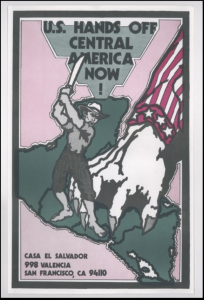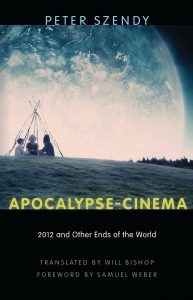Although I have not yet read my primary texts fully enough to pick a stance, opinion, or argument, I think that a potential position that I may take is that the tale of Beowulf was once a Norse oral saga that was extremely Pagan, but then was later Christianized by a Christian author. While the unnamed person who wrote down the story explicitly attempted to make the tale a Christian one, elements of the Pagan religion and traditions still slip through the cracks. The references to a singular God and to Jesus seem forced and out of place, like a badly photo-shopped picture. Beowulf also bears a striking resemblance to at least two other Icelandic sagas, particularly Hrolf Kraki’s Saga and Grettir’s Saga. I have not yet read Grettir’s Saga, so this piece of evidence is liable to change as I do further research; however, the similarities between Beowulf and Hrolf Kraki are too close to be accidents, borne of chance. I think that the Christian author in England heard oral Nordic tales and tried their very hardest to make it Christian and Anglo-Saxon, because the story itself is exciting and appealing. I will also research some of the history of this time period, because politics are not something to be overlooked, even in reference to ancient times. This is pertinent because the Vikings and the Anglo-Saxons have a history of conflict, approximately around the same time that Beowulf would have been written down. The Vikings (a term I will disambiguate more in my research due to the fact that “Vikings” refers to a large variety of peoples from all over northern Europe, however the Sagas/texts are mostly Icelandic) attempted to conquer England numerous times between the eighths and ninth centuries. After many invasions, King Alfred of England smashed the Vikings for the final time, around 954 (reference: http://www.bbc.co.uk/guides/z8q487h). I will also look into other Anglo-Saxon texts from this time period to further develop my understanding of the Anglo-Saxon view of their invaders. I will also research their conception of race, because even though the invading force was technically white, they were stilled viewed as primitive and barbarous. Racial theory, or at least “views of the other”, may or may not be applicable here. The ancient concept of race is very different from our conception, anyway. It had almost nothing to do with physical color. This popular view actually lasted for a while, up to about medieval times with the conquest of Africa by Spain, France, Belgium, and England; this is when the concept of eugenics, the notion that some races are inherently better than others due to biology, came into play. More to come on that. This lens may be relevant to Anglo-Saxon views of the Pagan, and the reason why the author felt it necessary to alter the tale. But maybe not.
In Beowulf, the author was attempting to retell an old and exciting oral tale while appealing to their audience at the time, who would have been other Christians. I believe that the written-down version leaves out or alters some facets of the story in order to make it a Christian tale, or at least adds extraneous information and digressions that are superfluous to the story itself. When I have the epic poem in front of me, along with other secondary texts, I will be able to point out more specific evidence that supports the argument that the written version was altered in specific ways to appeal to Christians and repress the tale’s Paganism.
(Again, this is only a potential stance I may take in my paper and not my definitive view on these texts).



